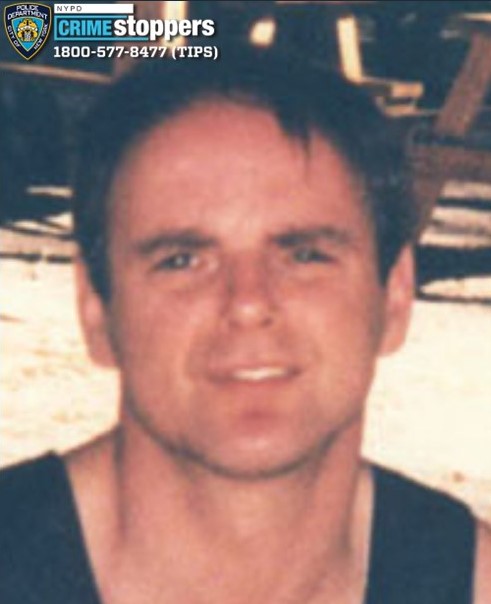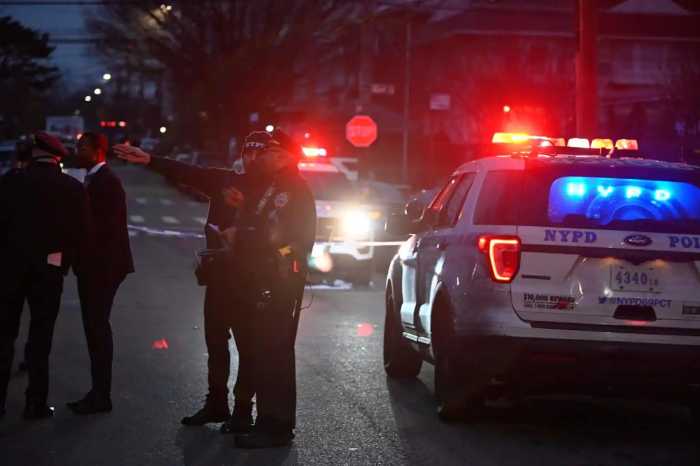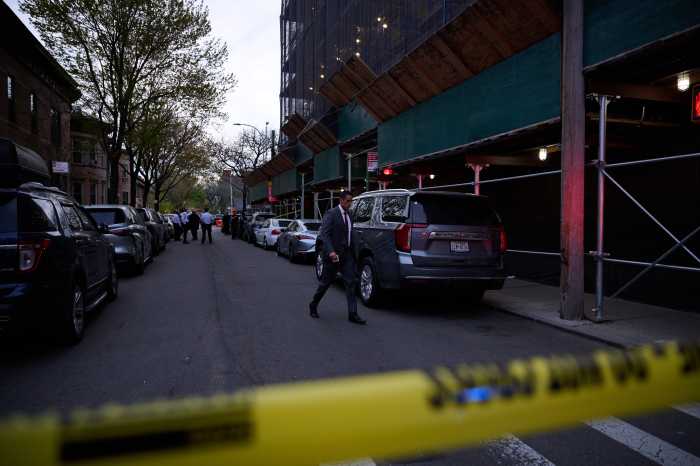By Bill Parry
The recent arrests of 13 reputed members of a Far Rockaway street gang, who were indicted on charges of conspiring to commit murders and assaults, followed a long-term investigation by the NYPD and the Queens District Attorney’s Narcotics Investigation Bureau.
Law enforcement utilized various investigative techniques, including the monitoring of conversations on social media pages belonging to gang members, who allegedly bragged about shootings before and after incidents, and the monitoring of telephone conversations made from Rikers Island.
In the 86-count indictment, the 13 defendants, and other members of the 70Gs gang, are accused of conspiring between January 2014 and May 11, 2015, to obtain firearms and to murder or assault rival street gang members from neighboring housing developments for the purpose of asserting dominion and control over their geographical territory, to enhance their status in the 70Gs gang and to retaliate against Body Squad and FLOCC gang members, according to the Queens DA’s office.
Authorities were listening to recorded telephone conversations in two separate instances as the defendant Joshua Simon allegedly admitted that he, along with defendant Michael Motta, shot a rival gang member on Feb. 17, 2014, and defendant Matthew Robinson allegedly admitted that he also shot a rival gang member.
“Let this investigation be a warning to those who use the streets of New York City as their personal battleground for gang activity,” NYPD Commissioner Bill Bratton said. “The NYPD has no tolerance for such violent acts and we will use all available resources to remove you from our neighborhoods in order to make this city safe and fair everywhere for everyone.”
The one resource used extensively by the Queens District Attorney’s Office is the wiretap. Last year, Queens County had the second most wiretaps in the state, the fourth-most for a county in the nation. In 2013, Queens was second in the nation behind Los Angeles County in the use of wiretaps.
“I am very proud of my office’s judicious use of wiretaps where the public interest requires such a step,” Queens DA Richard Brown said. “In my 24 years as district attorney, no wiretap begun during my tenure has been controverted. I have instituted a process of careful review of wiretap applications at both the bureau and executive levels, and I personally read and sign every one before it is presented to a judge.”
Under New York law, a wiretap order can be obtained only by complying with a number of strict rules to protect unwarranted invasion of privacy. First, law enforcement must show not just probable cause that a crime has been committed, but “triple” probable cause: probable cause for the wire, probable cause that a particular individual is committing the crime and probable cause that individual is using a particular phone, or beeper or location to commit the crime.
Even the list of wiretappable crimes is limited to certain felonies—misdemeanors do not qualify for wiretapping. Even some felonies, such as insurance fraud, are not wiretappable offenses by themselves.
Law enforcement also has to show that conventional investigative techniques such as physical surveillance, confidential informants and undercover officers have been tried and have failed, or that they would be useless or dangerous.
In 2014, wiretap “takedowns” resulted in 164 arrests and 46 convictions at the time of reporting on March 31, 2015, according to the Queens DA’s office, as well as 66 additional convictions obtained during 2014 from wiretaps reported in previous years.
Reach reporter Bill Parry by e-mail at bparr


































